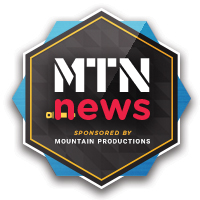Together as an industry, we are all taking the necessary steps to improve safety site-wide at every event across the globe. This mission is simple, yet easy to overlook, especially in the fast-paced, think-on-your-toes nature of entertainment production. The key is to work safety protocols and practices into every project from day one.
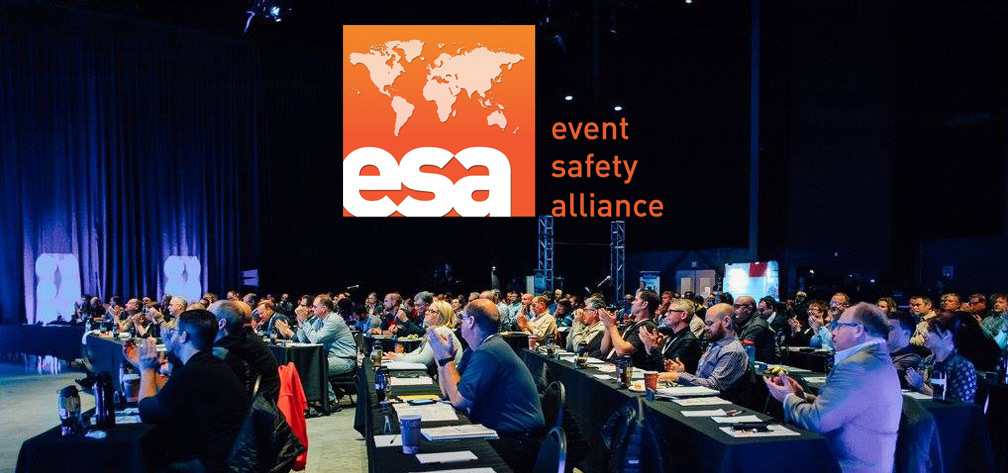
One of the leading safety organizations in entertainment is the Event Safety Alliance (ESA). The ESA has quickly become one of the most important organizations amongst us, encouraging the adoption of critical safety procedures, and providing the education and training necessary to keep crews updated and informed. Jim Digby, Founder and Chairman of the Board of the ESA, is a 34-year veteran of the entertainment industry, and leads the ESA’s journey to global event safety.
Mountain Productions is a proud supporter of the ESA and shares the same goals as the ESA for safety on every job site. Jim graciously fit us into his jam-packed schedule to have an honest conversation about his career and the mission of the ESA. What we gained was a heartfelt message and invaluable insight from one of the industry’s most aware, active, and engaging professionals.
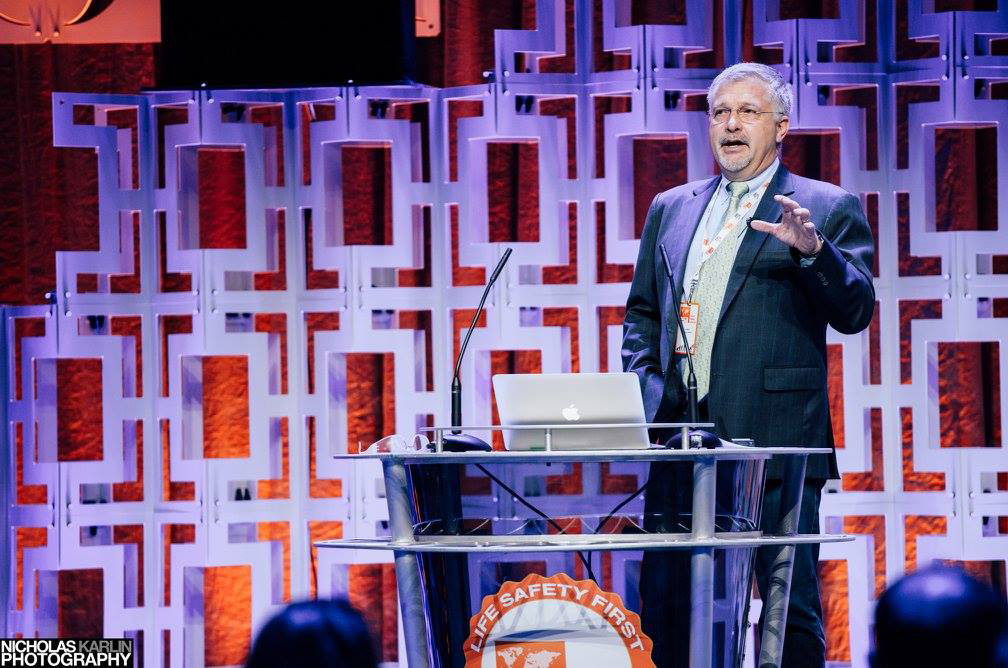
The ESA continues to grow in awareness as time goes by—which is ultimately one of the organization’s important missions. Briefly share with us the origins of the ESA, including your personal involvement in the organization.
Jim: To adequately capture how we have arrived at this place, one needs to know my professional history which began, literally, with the death of a patron from a falling special effect lighting fixture in 1983—a lighting fixture which was being operated by me. Her death occurred 8 feet from my operator’s position and in full view with my finger still on the button. This deeply personal experience planted the seed that would later drive my participation with the ESA.
Shortly after the recent tragedy in Indiana, I, like many others, felt that the loss of 7 lives was needless and wholly preventable. A group of us began having discussions about what could be done to prevent such tragedies in the future, and those discussions formed the incubator for what would eventually become the Event Safety Alliance.
For me, the deaths in Indiana ignited the deep seated pain of 1983, and I felt personally affected by this moment in time. I set out to find training opportunities to expand my knowledge of safety as a production manager and could find none. I attended courses that were loosely connected and learned a great deal, but more importantly, left feeling that my colleagues and peers should know this information as well.
In concept, the ESA would become the vehicle for creating learning opportunities and the capturing of existing knowledge with the hopeful outcome of never repeating an Indiana-like incident again.
In your capacity as the Director of the ESA, describe the experience of watching the organization evolve and develop into a global entity within the event industry.
Jim: I had no idea the scale of the struggle that comes along with creating and elevating the non-profit mission of the ESA. It has been a challenge, the likes of which I/we were not completely prepared for, but at the same time it’s a mission that we will not give up on. We have been learning a lot as we go and have had a few wrong turns, but are now firmly on the rails and seeing real results from our efforts.
By trade I am a production person, and a very passionate one at that. This is what I do, and what I love to do. BUT, because of my personal journey, I find myself “called” to the mission of the ESA. The passion I have from being directly connected to death has served to fuel the message with a personal touch that is hard to ignore and results in inspiring others to get and stay involved. I did not set out to be in this role, rather, this role found me, and I owe it to the industry I love and those who have been supporting and lending their tireless efforts to the cause to keep going forward as hard as I can.
As the ESA continues to grow I find great promise around the world that we are doing the right thing for the right reasons, and are providing real tools to help prevent death, injury or loss in the future.
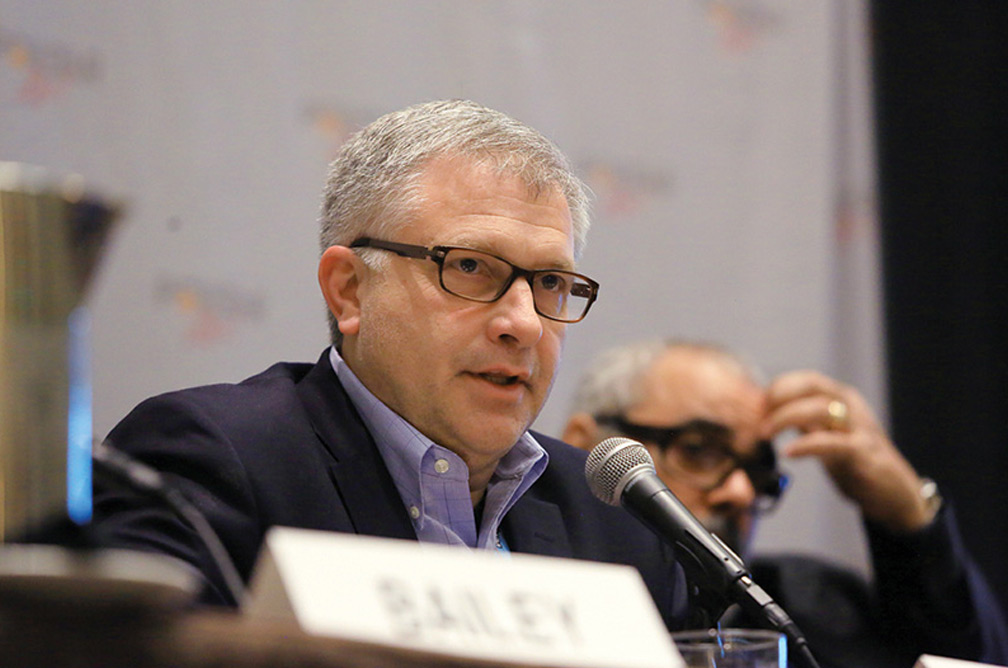
What distinguishes the ESA from other safety/compliance organizations, such as ETCP or PLASA?
Jim: I don’t believe it would be accurate to characterize the ESA as a compliance organization. One of the things learned in my self-discovery period after Indiana was that there were great organizations out there tackling the enormously difficult tasks of writing ANSI code language and creating regulations and protocols. However, no one was focusing energies on consolidating this necessary, but difficult information into a single, easy to read reference, or humanizing the need to follow industry standards by creating a dialog around safety that everyone can speak freely in.
Look, safety is the least sexy aspect of what we do. We are surrounded by a lot of shiny things that can distract us from thinking of safety as a priority. The ESA is trying to make a difference by creating easy touch points to incorporate safety into our daily lives. Without ESTA, PLASA, ETCP, NFPA, ICC, and the like the ESA would not exist—our organization succeeds because of their difficult and important work. It is our desire to create a path for our peers and colleagues to become fully aware that they too have a duty of care to know and follow these guidelines. It’s in everyone’s best interest that we do so collectively. When one of us fails in our duty of care we all pay for it.
Can you give me a brief overview of the organizational structure of the ESA?
Jim: We have a 12-member Board of Directors, all of whom have full-time employment and give what they can and when they can to propel the mission. The operational team consists of our Executive Director and the editor of the Event Safety Guide, Dr. Donald Cooper, who is currently volunteering his time; Operations Director Jacob Worek, the voice behind our public and media outreach, and a tireless participant who puts up with calls at all hours of the day from me to give form to ideas that I think we should pursue; Our Vice President and attorney Steven Adelman, who is also volunteering and participates in the day-to-day operation of the organization; and me, out there stirring the pot, creating interest, sharing the vision and motivating participation whenever and wherever possible. From the beginning, we have led with the message that “YOU are the ESA”, we’d like to think that that is still who we are, and in the very near future, we will be making some bold changes to make the ESA even more accessible for everyone.
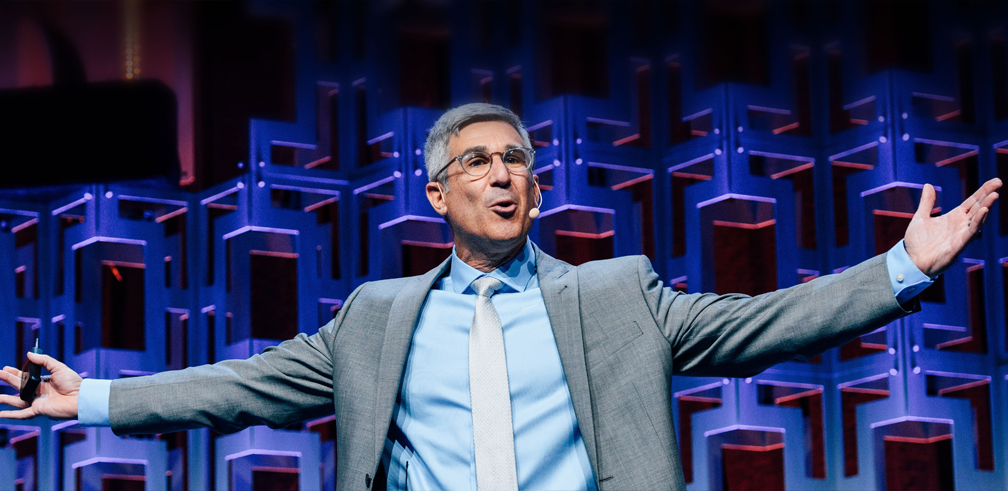
Steven Adelman of the ESA
What is the central message of the ESA to event professionals, all across the industry and the globe?
Jim: The common thread of all event professionals, whether involved in producing music events, conferences, weddings, rallies, sports events, you name it, is that we all possess the “show-must-go-on” gene, and we do so at all costs using creativity, gaff tape and sheer will. Many, however, (admittedly myself included prior to this journey) have been historically loose on things like procedure, protocols, and near-miss reporting. We’re sometimes driven more by ensuring the event happens then by making the right decisions in the face of potential disruption, or worse, catastrophe.
The ESA does not want to see the creative freedoms of the entertainment business be sacrificed. Rather, we want our peers to begin building safety into the dialog from the very first concept. Understanding how an evacuation will be handled, what elements of our show are possibly hazardous, anticipating how the crowd might behave—planning for these things help ENHANCE the show experience, not detract from it. We simply want to improve the current culture of safety.
If safety is part of the process from the very beginning, it becomes baked into everything we do. There are no events worth dying for and we should be doing everything in our power to ensure that we don’t create causative situations.
What is the best way for event professionals to participate in ESA training & curriculum? Also, how will participation enhance their current skills and knowledge?
Jim: The ESA has a great many things on the horizon that we believe will help to make the practice of safety second nature for everyone. We encourage everyone to attend the Event Safety Summit in November and learn from experts the likes of which we don’t typically have access to in our day-to-day role as event/production personnel. We also put on an annual two-day weather contingency planning workshop in March, led by professional meteorologists from the National Weather Service and NOAA. Then there’s our Event Safety Access Training, a one-day core safety training designed specifically for live event professionals. Each of these opportunities are designed to address a unique need that we’ve identified within the industry. More information on these opportunities can be found on the ESA website (http://eventsafetyalliance.org).
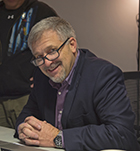
Jim Digby is a 34 year veteran of the Entertainment Industry. He is the Founder and Chairman of the Board of the Event Safety Alliance. As the Principal of Collaborative Endeavor Group (CEG), Jim develops production and logistics solutions for international touring artists as well as completes production solutions for the live entertainment industry. Jim currently serves as Director of Touring and Production, for the Grammy Award winning artist, Linkin Park. Jim’s previous clients include artists as diverse as The Backstreet Boys, Bon Jovi, Phil Collins, The Bolshoi Ballet and Marilyn Manson. He is a four-time recipient of Tourlink’s “Production Manager of the year” Award, as well as the Parnelli’ Award for “Production Manager of the Year” 2012. A fierce advocate for event safety and ethical touring, Jim is at the forefront of the industry’s move in this direction. He is a highly-regarded keynote and conference speaker. He was recently asked and accepted a seat on the board of the Behind The Scenes Foundation (http://behindthescenescharity.org/bts/bts_foundation.htm) and works tirelessly around the globe spreading the passion about and the need for safety.


